I don’t know who needs to see this, but nobody refuses delivery of the very first forsythia blossom on the entire bush. Or in the entire world.

I don’t know who needs to see this, but nobody refuses delivery of the very first forsythia blossom on the entire bush. Or in the entire world.

Returning to the topic of the Venetian tides, which scared everybody because it seemed as if they had lost their mind — or minds. Do they have more than one?
Anyway, let’s see what the Tide Center forecast is for today and the next few days:
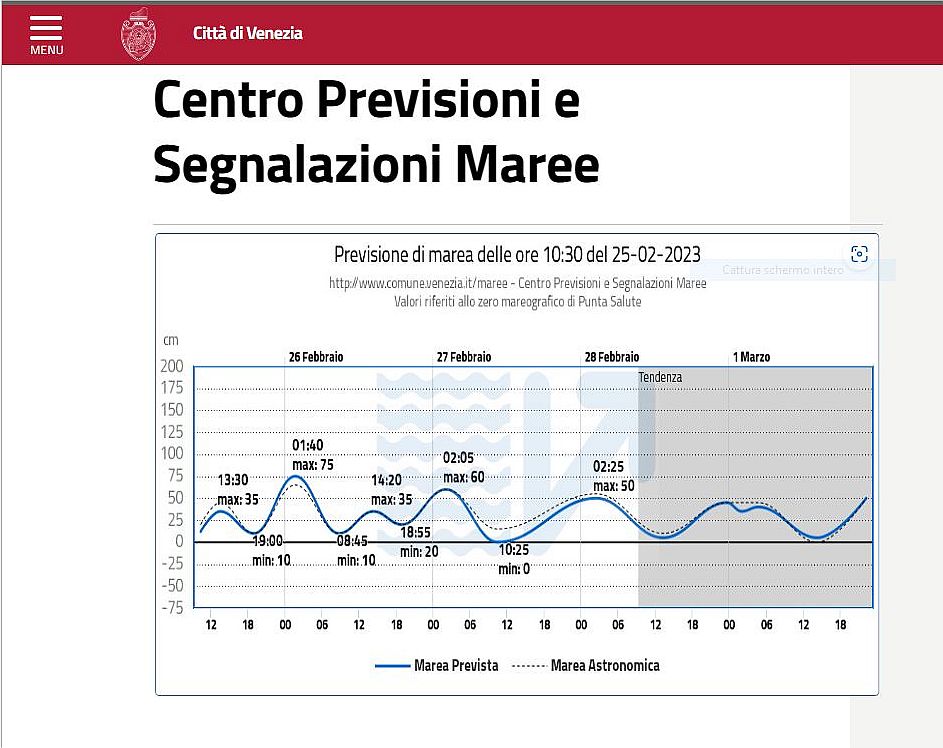
Let’s show why this is happening by consulting one of the most important meteorological influences: The moon. The greatest jumps between high and low tide occur when the moon is full or when it is new (or “dark,” as they say here).
The full moon on Feb. 6 got the ball rolling, so to speak.
There was a pause on the 14th, not to celebrate Saint Valentine but because twice a month, when the waning or waxing moon is at the half, the tides scarcely change at all for the space of about 24 hours. Venetians call this the “morto de aqua,” or death of the water. Fun fact: For that brief interval, there is often unsettled-to-bad weather. I always imagine that the moon, which spends most of the month keeping the weather on the rein, so to speak, takes a break and the weather just runs around and does whatever it likes. In fact, for the next few days a violent northeast wind is expected to blast through here.
The evidence is before us: After February 14, moving toward the new moon on the 20th, the tides went to exciting extremes. But now look at the moon from Feb. 27-28, and compare flattish tide forecast.
So arm yourself with a barometer (high atmospheric pressure = lower water), the Tide Center forecast, and the phases of the moon, and no canal will ever be able to sneak up on you ever again.
The moon has its own official fish.

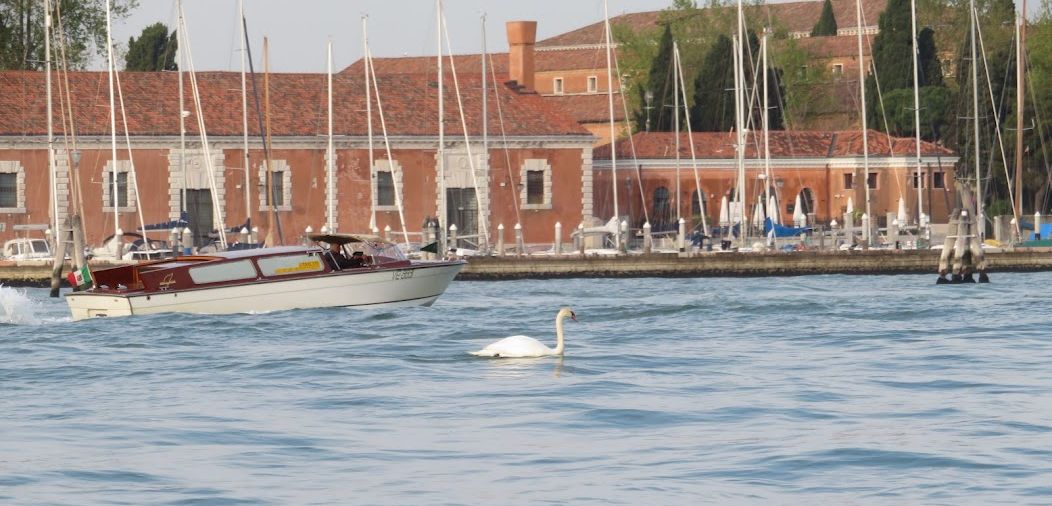
May 1 was a national holiday, here and in many other countries, and it’s generally known as International Workers’ Day. So in honor of workers everywhere, we also did not work that day. We went out for an early morning row, and were amazed to be met in the Bacino of San Marco by a very fine, and very unexpected, feathered friend.
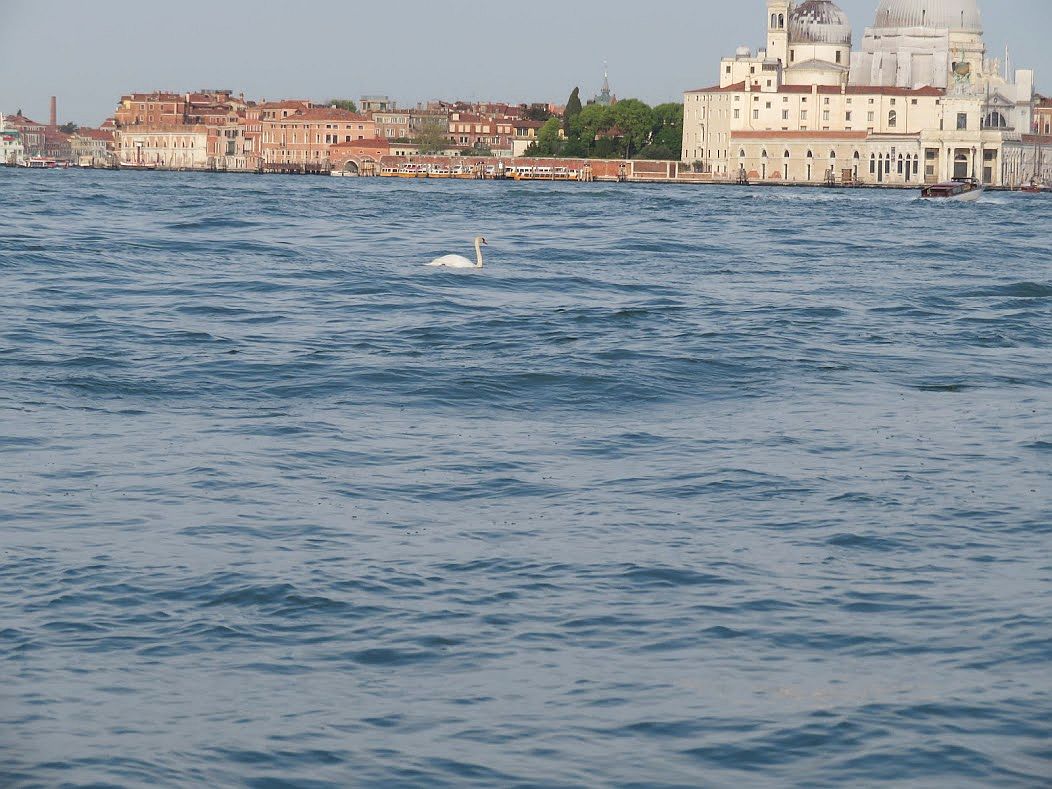
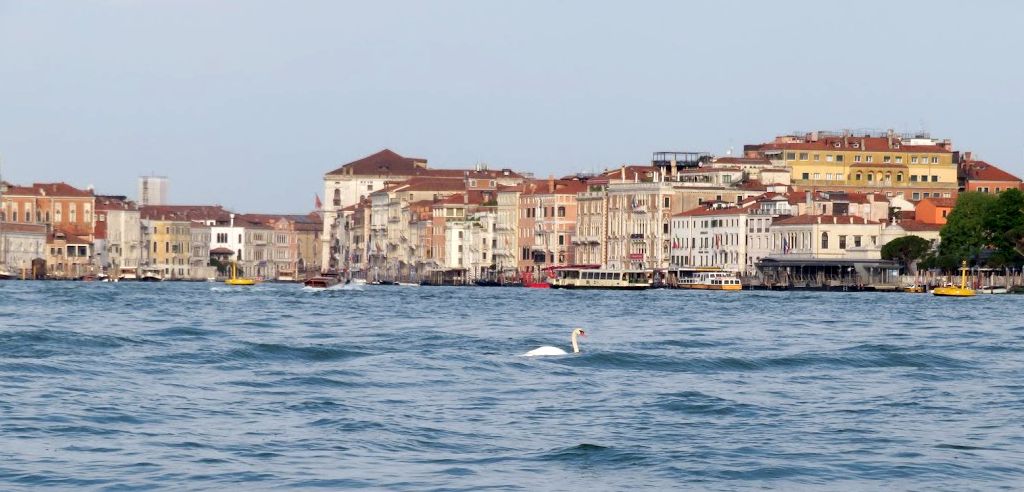
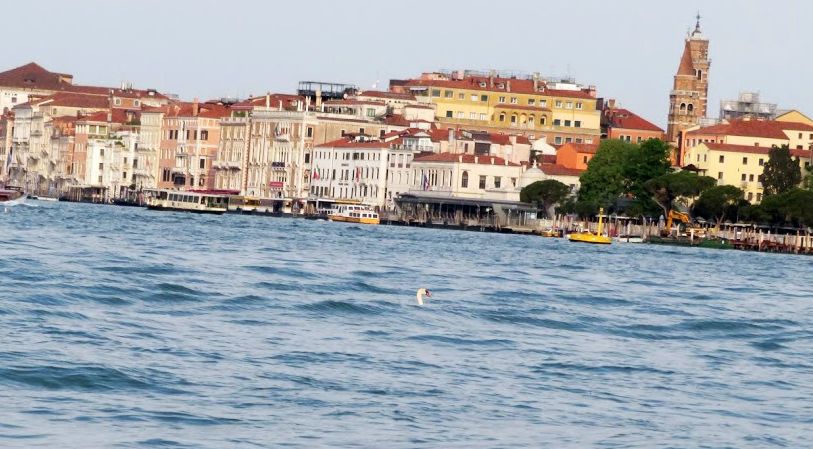
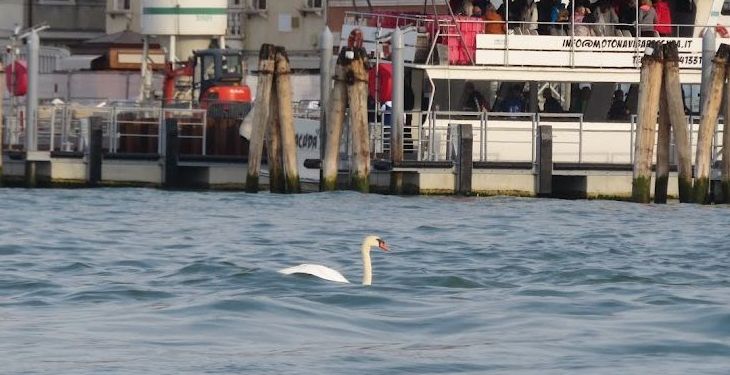
We have often seen a pair of swans in the northern lagoon, beyond Torcello, and also on the Brenta river near Malcontenta; one time we counted nearly 50 floating in the distance near Sant’ Erasmo. Lino told me that when he was a lad, some birds that we now commonly see in the city, such as cormorants, egrets, and seagulls, never came to town. You’d see them only in the distance, he says, if you saw them at all. Now they’re everywhere.
But the swans weren’t to be seen anywhere. About 35 years ago, Giampaolo Rallo, now president of the Mestre Pro Loco, then a naturalist at the Natural History Museum, noticed that there wasn’t a swan to be found in the lagoon, “not even if you paid it,” as one account put it. So he got what he calls “this crazy idea” to bring back the swans. On April 13, 1984, the World Wildlife Fund (WWF), together with the Gazzettino, launched a drive to find individuals willing to sponsor (fancy word for “pay for”) pairs of swans — not a small contribution, considering that a pair cost the equivalent of $315 today.
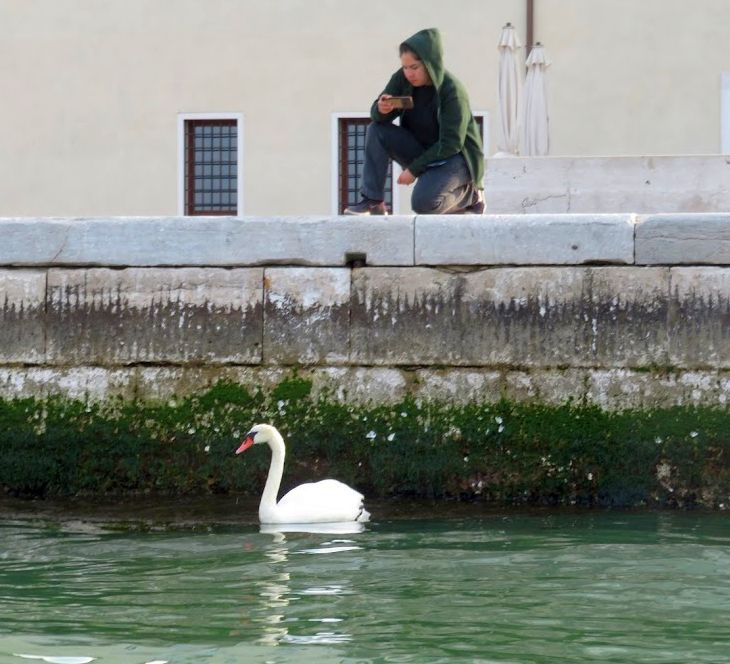
Over a period of two years, up to one hundred couples were acquired in the Netherlands and placed in the “fish valleys” of the southern lagoon. “It was a great cultural work,” Rallo explained to a journalist from La Nuova Venezia in 2019, “because we had to teach the respect of all the great waterbirds — I’m thinking also of the flamingoes. But there was real enthusiasm in the city for this initiative and there were important signs, such as the participation of Federcaccia Venezia” (the hunters’ association) “which bought a pair and made their volunteers available to watch over the swans to prevent anyone from disturbing or wounding them.” Who would hurt a swan? Well, hungry people a few generations back had no problem with trying to get these spectacular creatures on the table.
Today there are a thousand swans in the lagoon, and are sometimes seen even in Mestre’s modest waterways. A breeding pair named Silvia and Peter live near the lagoon at Caorle, and are awaiting the hatching of their eleventh brood of cygnets.
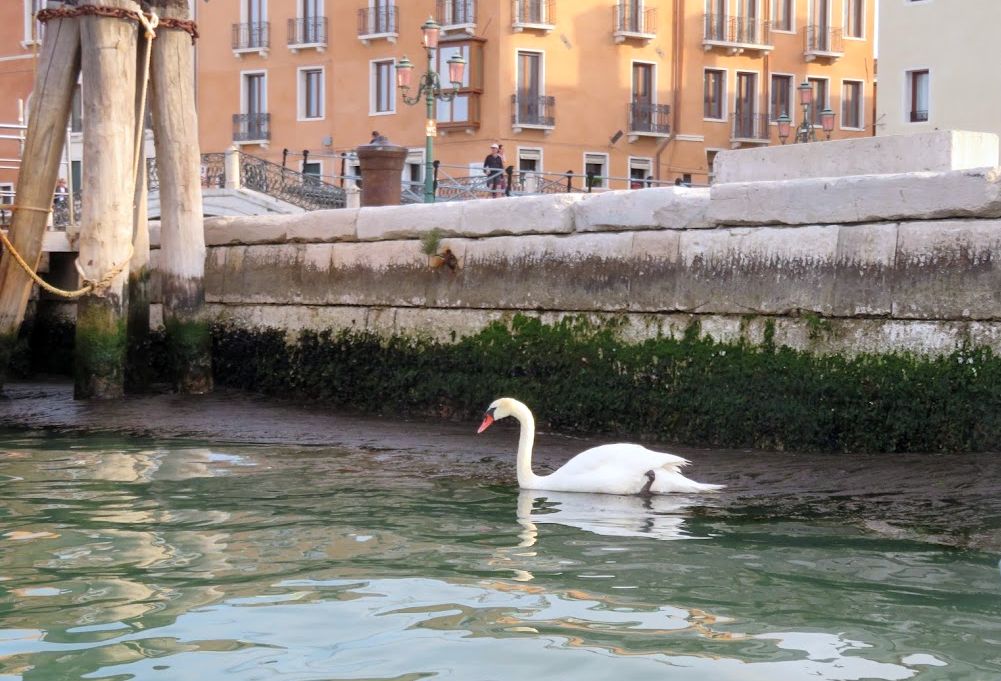
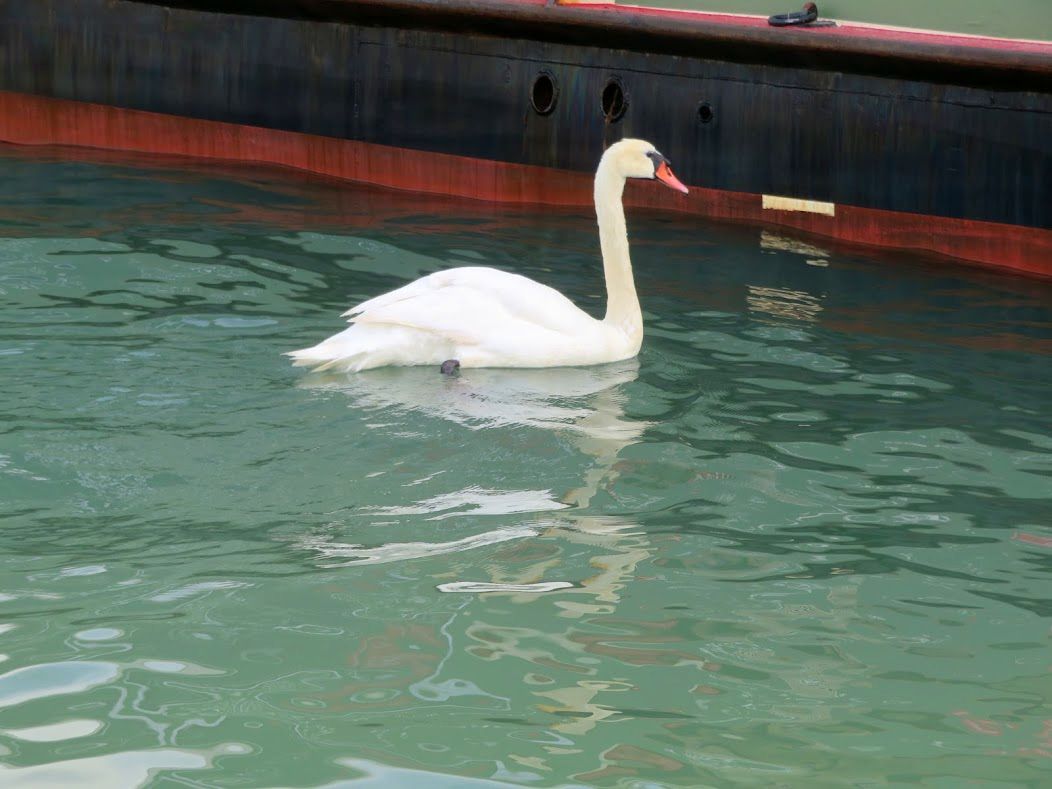

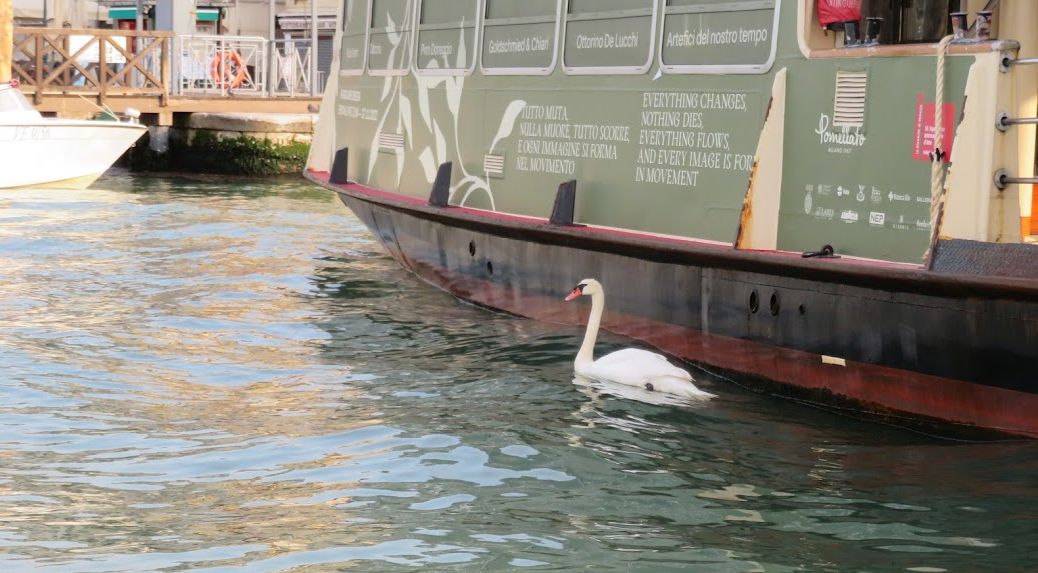
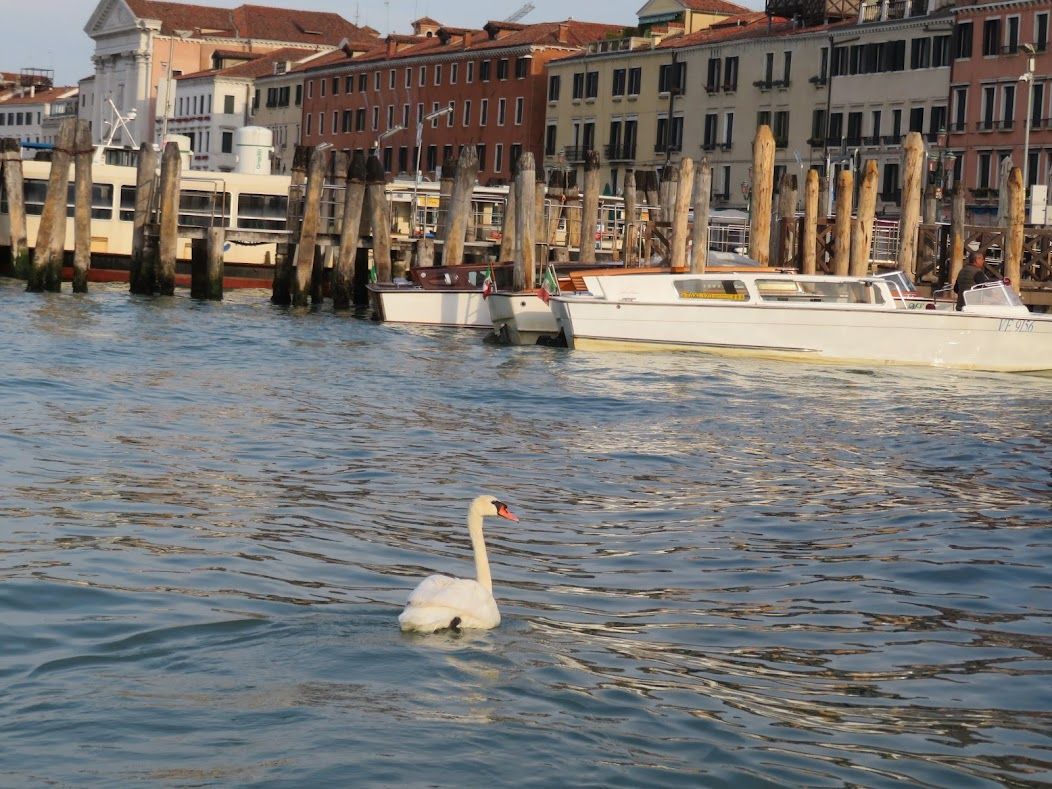
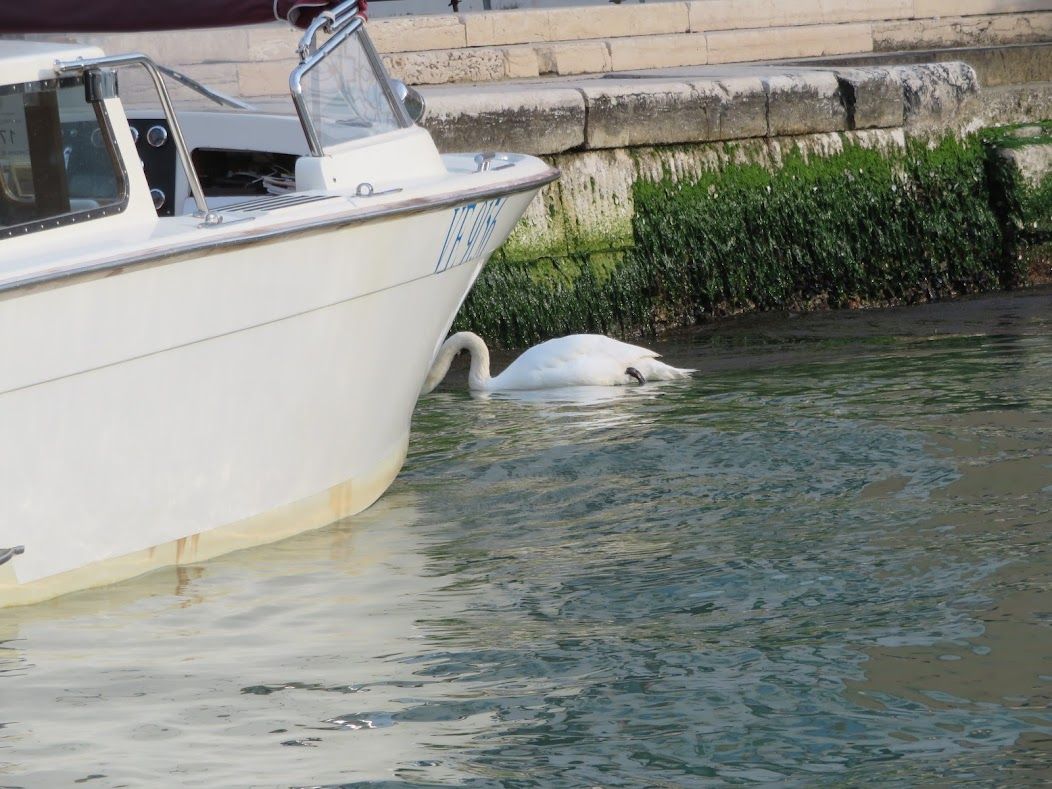
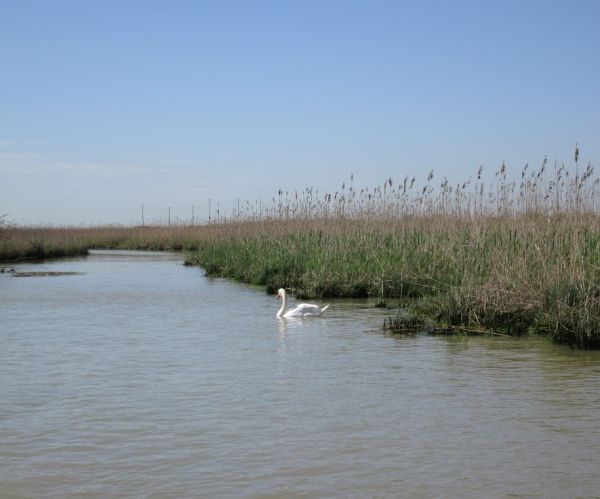
My most powerful memory of swans was a moment that was not, and anyway could not have been, photographed. It all happened so quickly.
Years ago, we were out rowing near the island of Santo Spirito on a deep grey morning in winter. Suddenly a trio of large birds flew toward us — three swans — flying so low it seemed we could touch them.
I had never seen swans flying, much less so near. As they passed overhead, their long graceful necks undulated slightly, and a barely discernible murmuring sound came from their throats.
Swans may be beautiful when they’re doing nothing, but when they fly they are magic.
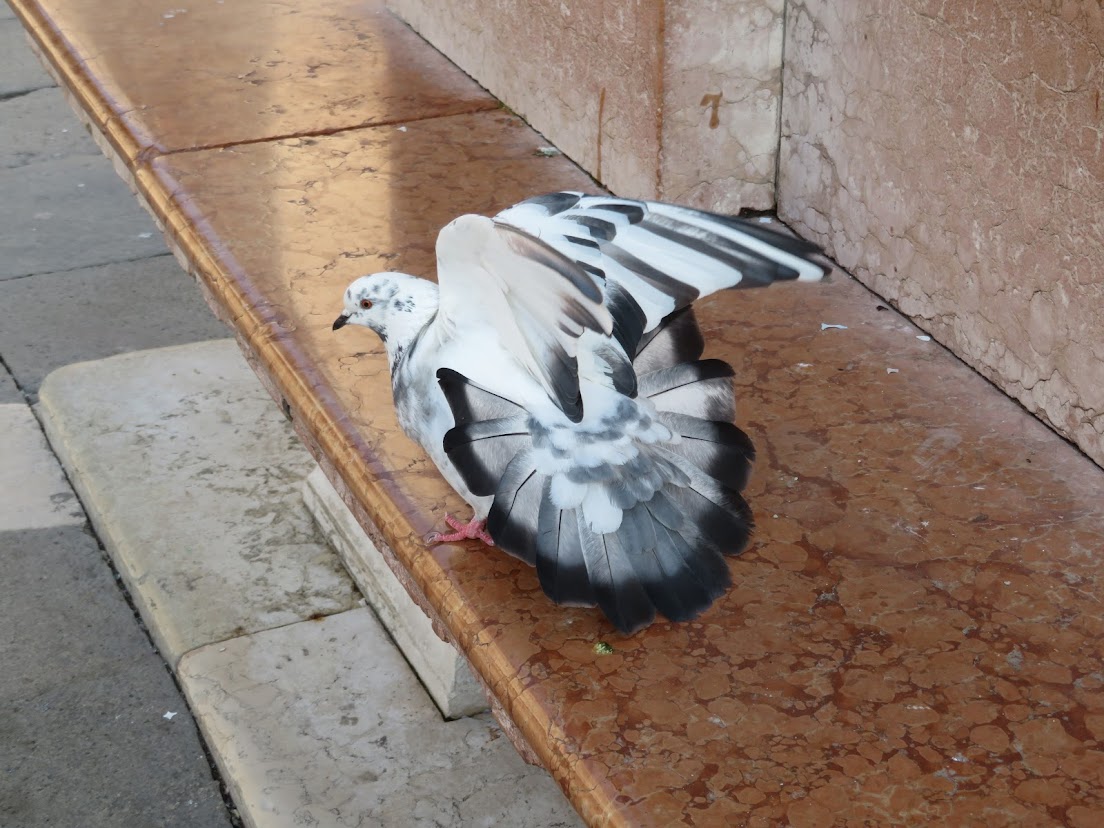
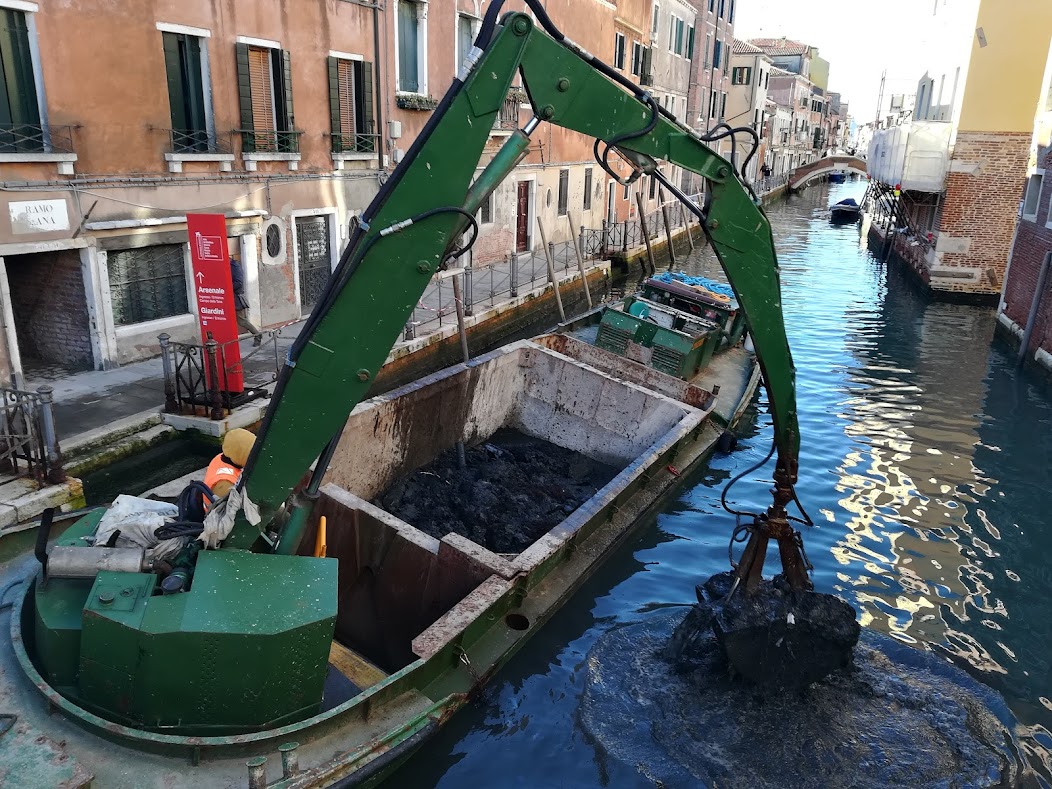
After my post on dredging (which was far too long ago, I apologize), I’m attempting a return with some answers to the question several readers put to me: What happens to the mud that is dredged from the canals?
Bear in mind that Venice has dredged its canals many times over the centuries and deposited the mud somewhere it could be useful. For example, the island of Sacca Sessola was created from 1860-1870 with the mud dredged from the area of Santa Marta during the deepening of the canals of the maritime zone. And it is far from being the only one.
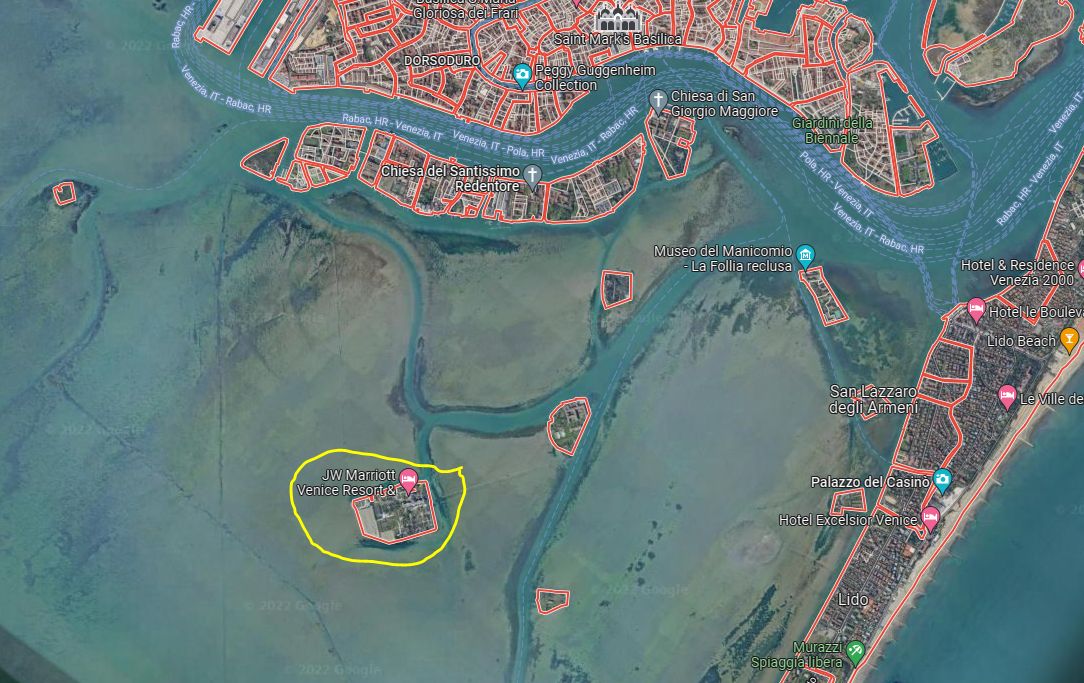
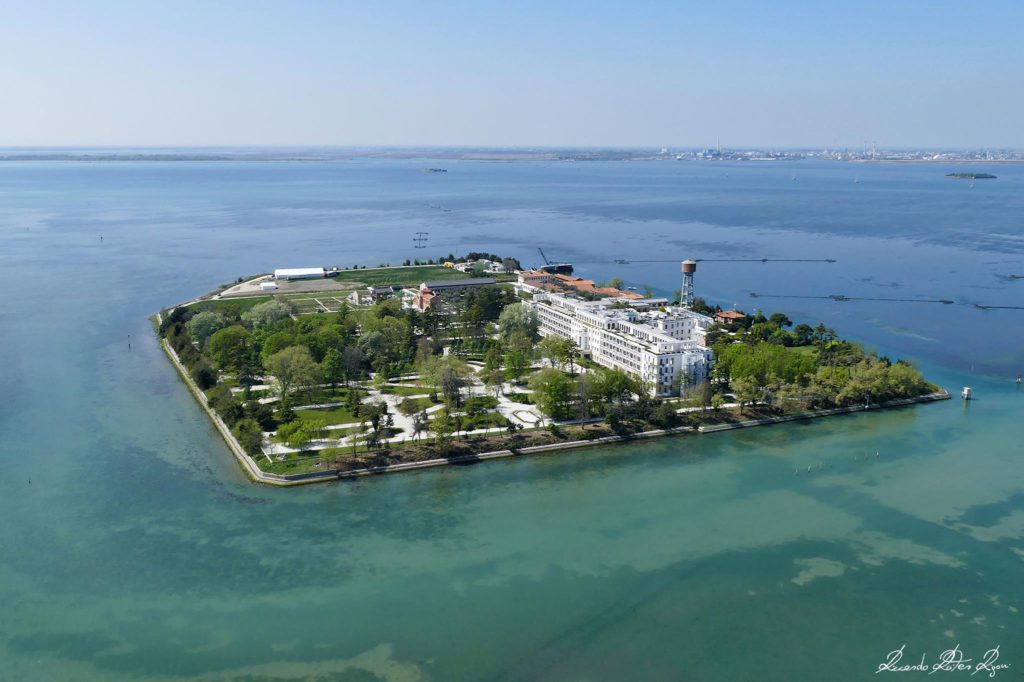
Small digression: “Sacca” (saca in Venetian) is often used to identify such places, but don’t confuse it with sacco, which means “bag.” A sacca is defined as “an inlet or cove of the sea, lake, river, or more precisely the bottom of an inlet or gulf. In geography, the accumulation of brackish water, very shallow, that is formed in sandy areas that separate the branches of a delta, from the resurgence of seawater from the subsoil.” End of digression.
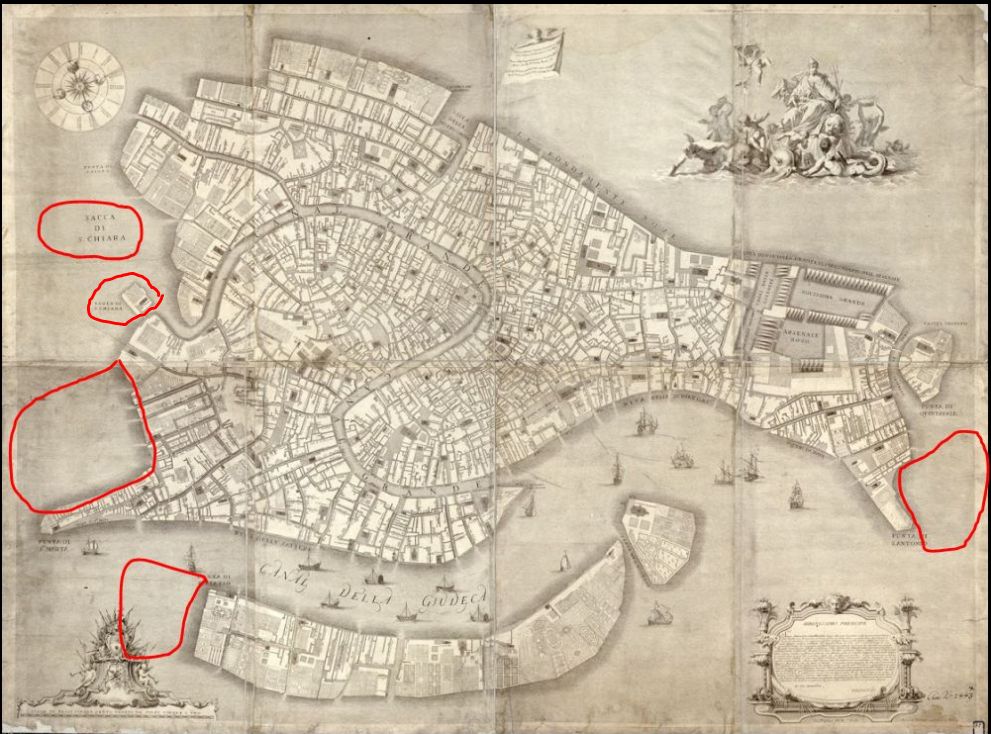
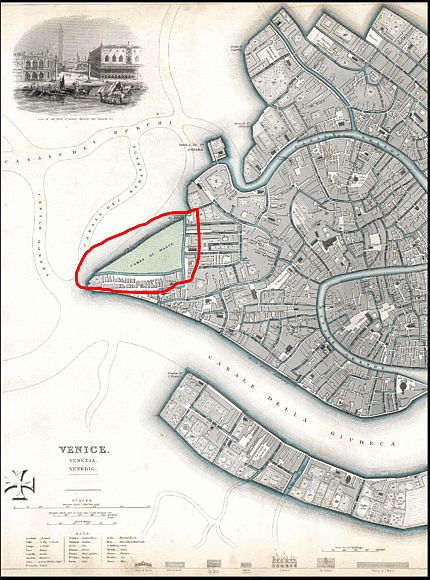

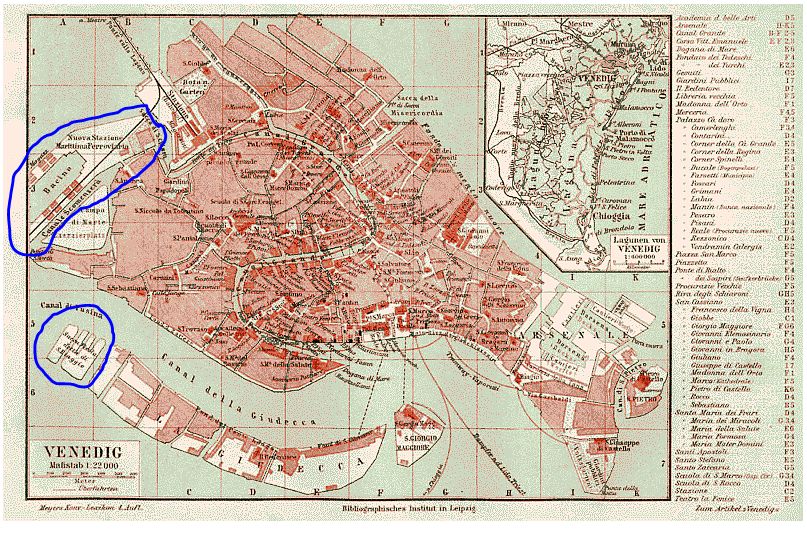
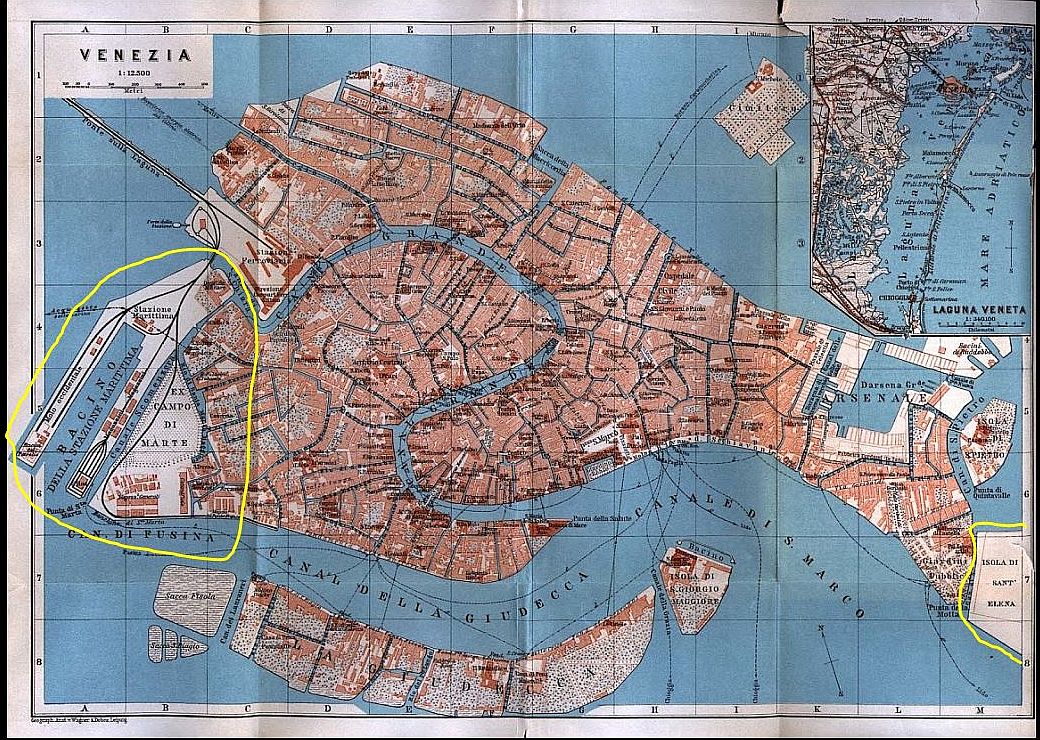
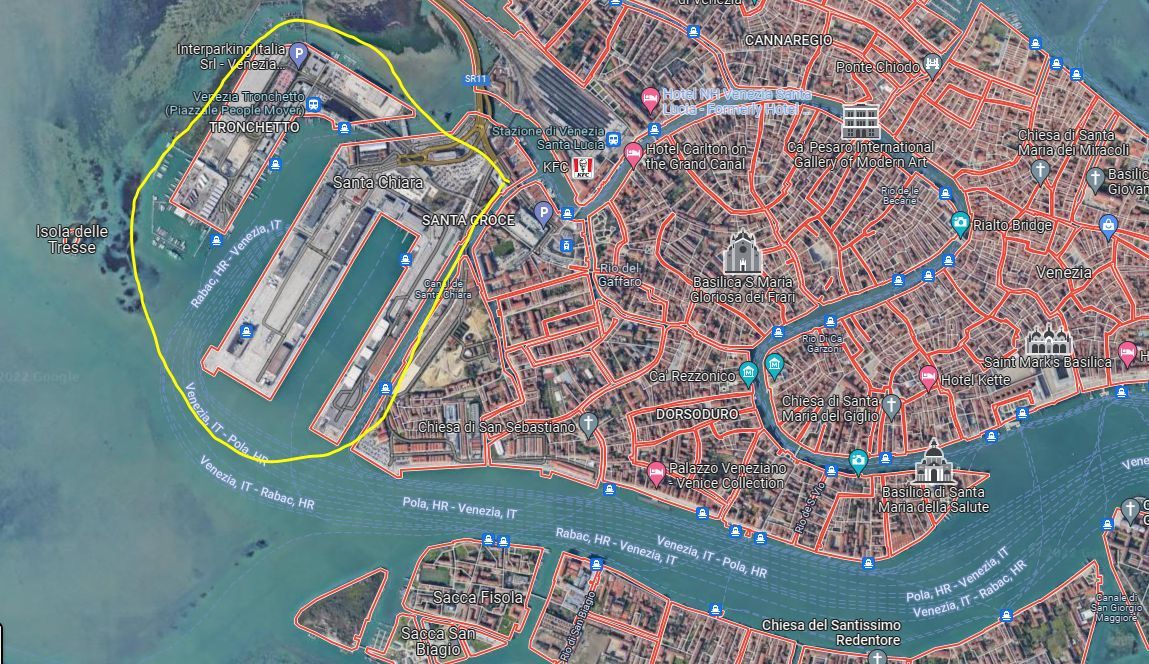
Murano, a natural grouping of lagoon islands, has been amplified with dredgings over the years; if you look at Google Maps (satellite view) you can easily locate Sacca Serenella, a sort of industrial zone to which no tourist would be lured. Murano has also grown on its northern perimeter by the addition of yet another island, mostly barren at the moment, where the Centro Sportivo San Mattia is located.
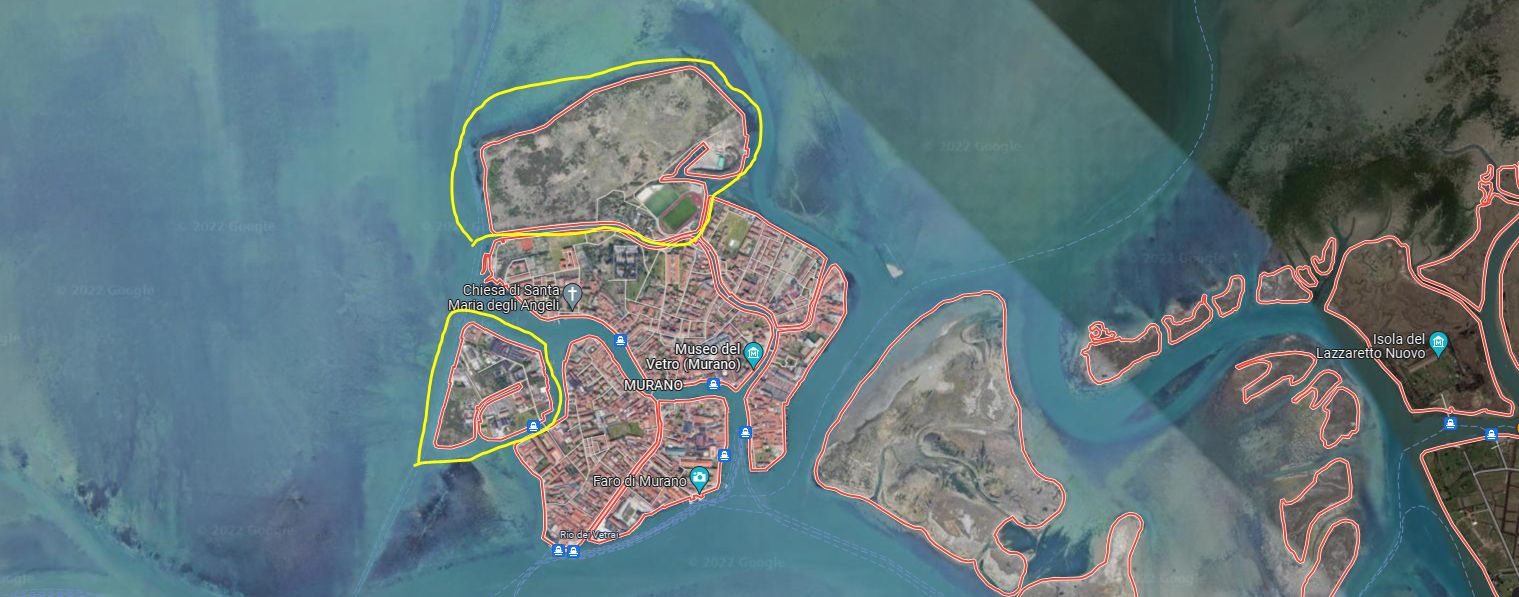
The cemetery island of San Michele has undergone quite an expansion over the past few years, thanks to dredgings from the city and environs. Puts a perfect, if slightly queasy, spin on the old “dust to dust” trope. I wonder if you could specify in your will that you want to be buried in the mud dug up from the canal nearest to your home.
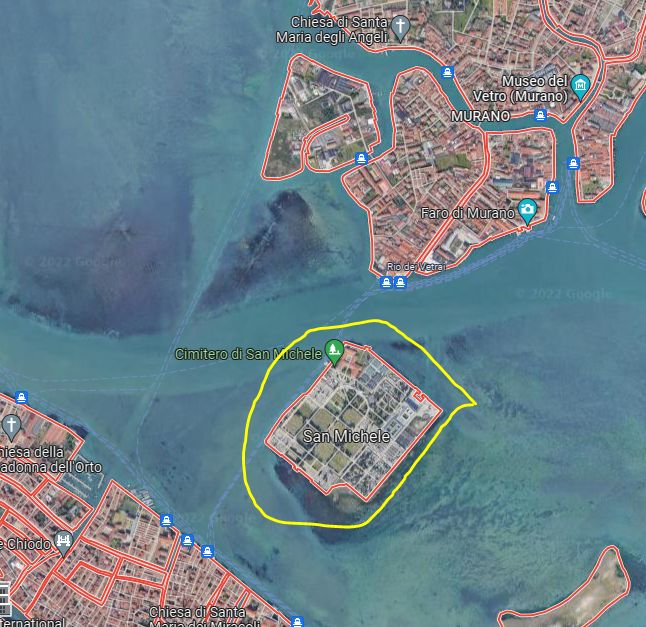
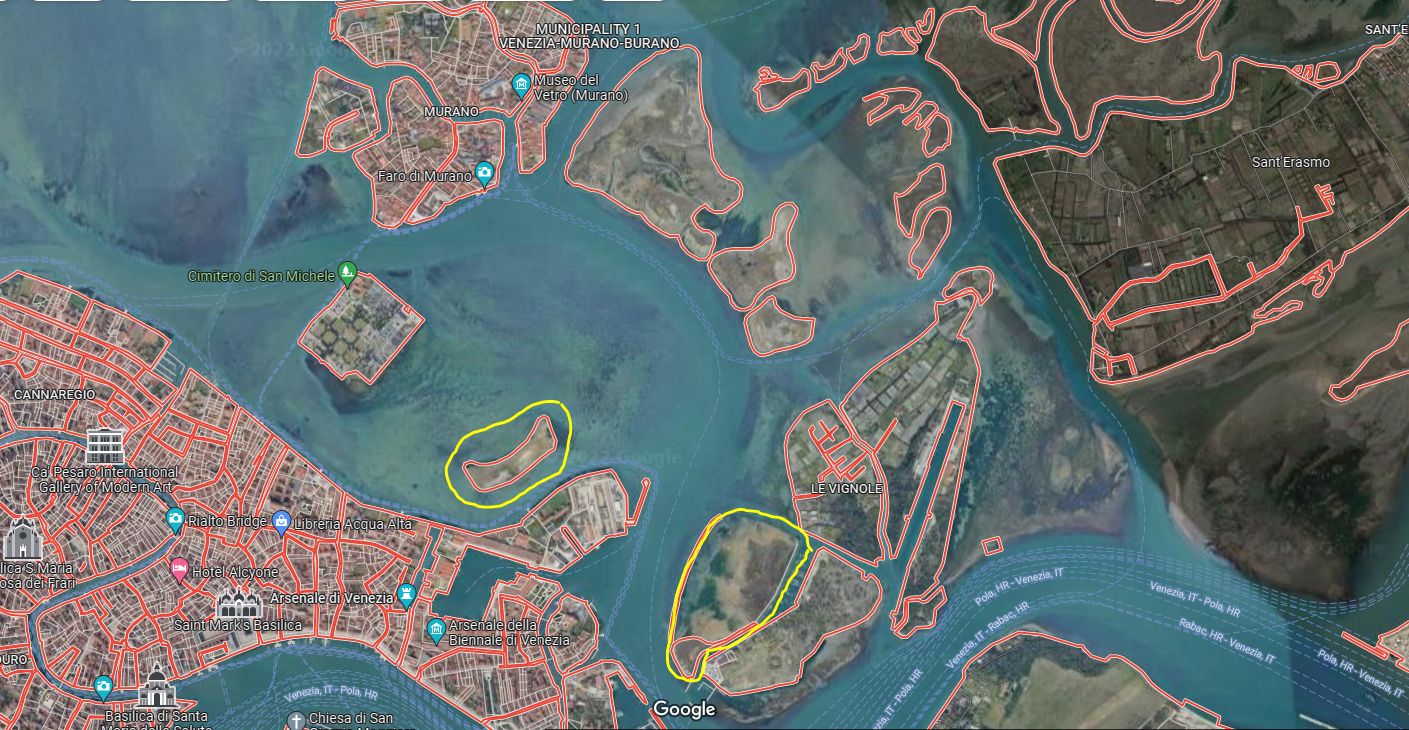
When there is a large quantity of mud to be deposited, it is sprayed from enormous barges through high-powered tubes, specifically to form new barene (marshy islands). This process was quite a spectacle for a while during the construction of the “Vento di Venezia” marina at the island of the Certosa.
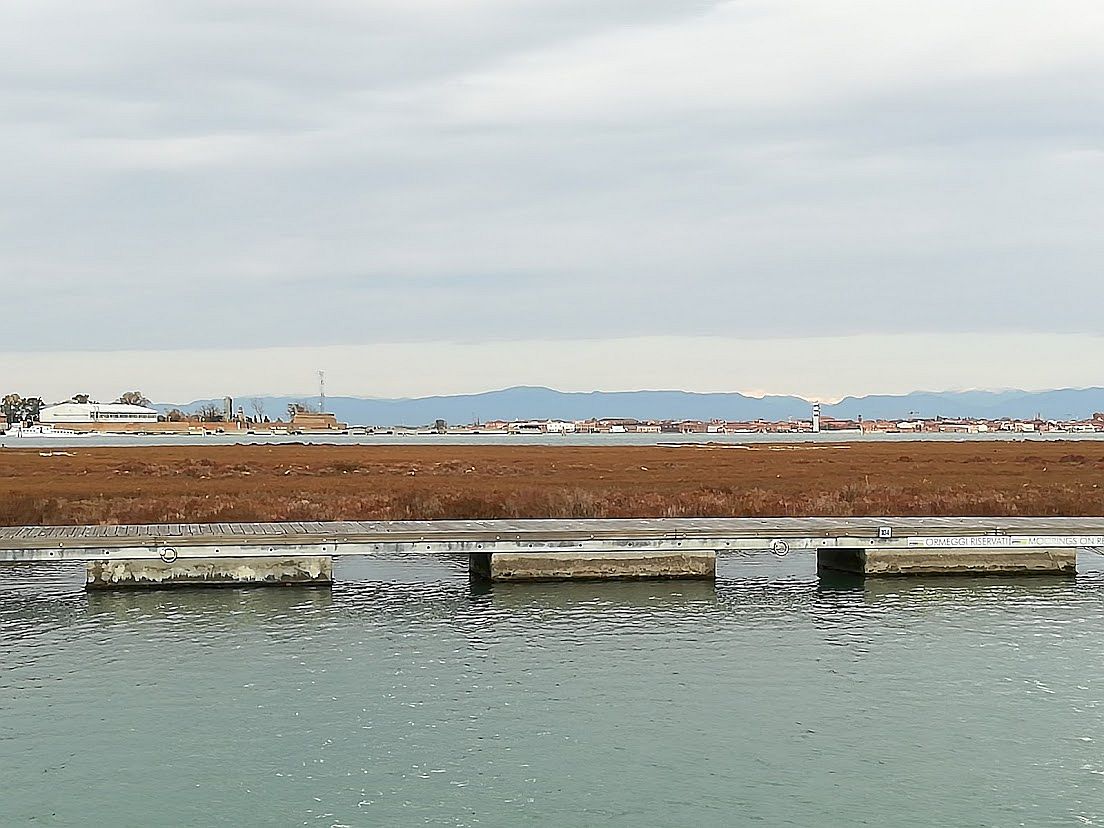
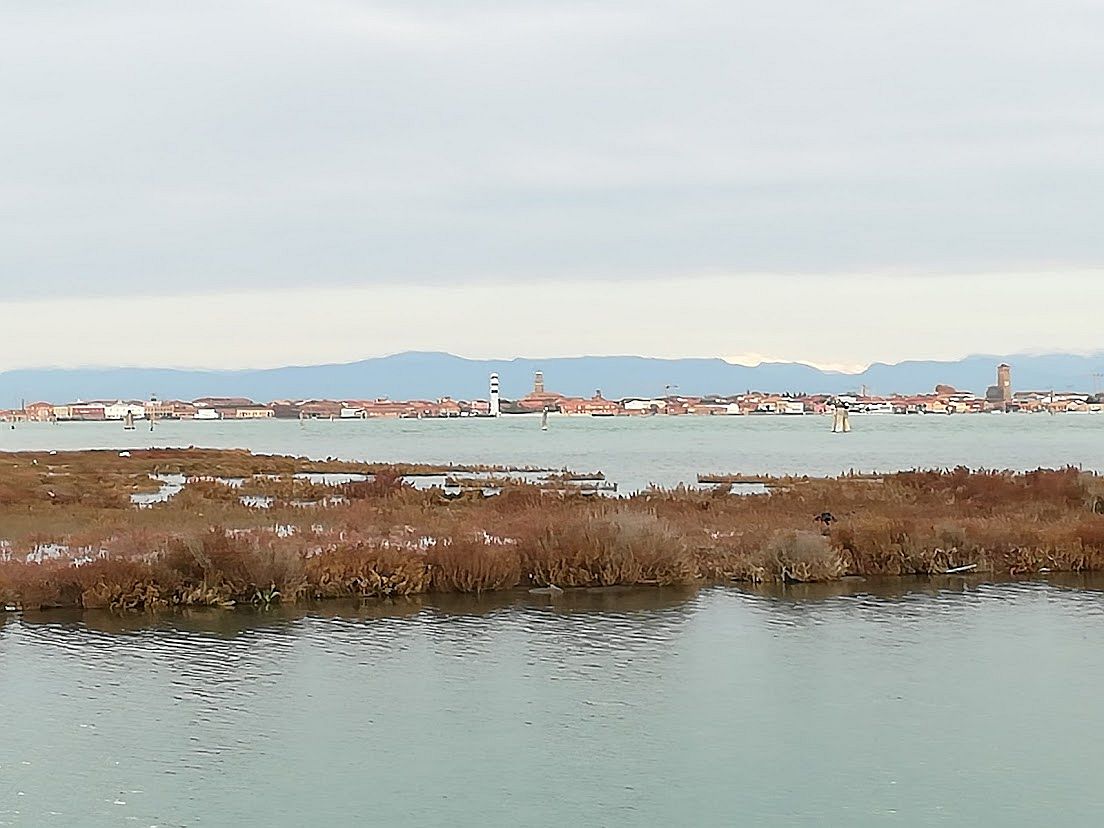

Unhappily, sometimes the mud is poison. I’m not picking on Murano, but canals near the glass furnaces are known to contain arsenic and a few other chemicals not conducive to health. The sediments along the lagoon edge by the Industrial Zone are loaded with heavy metals — pick your favorite, it will be there. Sometimes illegal clammers go there at night, sell the clams, they’re sold to restaurants, etc. You can imagine.
Because the provenance of the mud matters, there is a system by which it is analyzed and classified and, if necessary, treated to render it harmless. This is more than usually important if it’s being sold to farmers to enrich their fields. I haven’t researched the system(s), so please don’t ask me. The point is that they exist.
The mud of Venice. You probably wouldn’t call it poetic, but it’s just as important as the water.